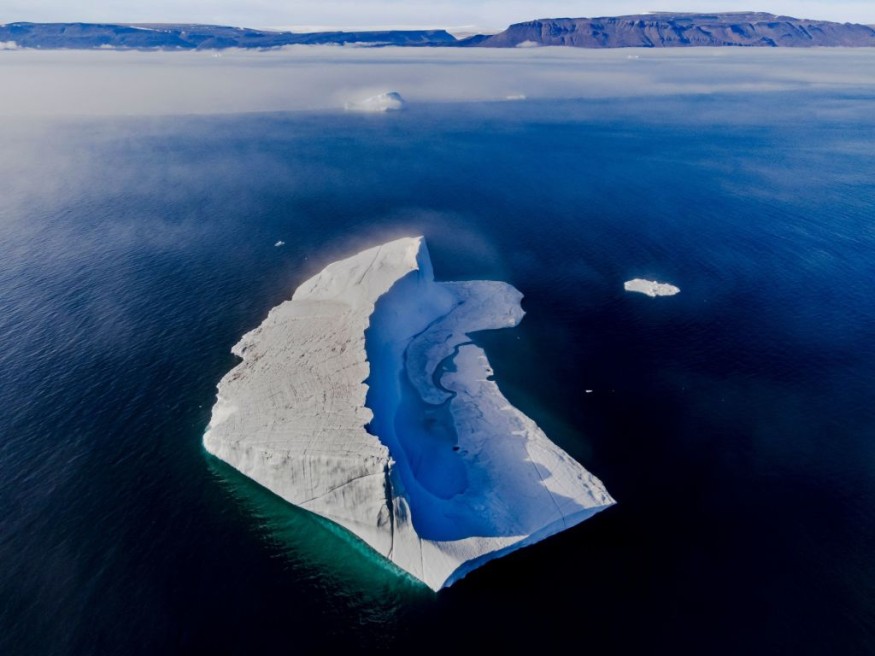Greenland Ice Sheet, also called as GIS, is in the process of melting 255 gigatons (billions of tons) of ice annually and is now nearing its melting point in the context of anthropogenic carbon dioxide emissions, according to a new study led by scientists in Germany.
The said greenhouse gas emissions are reportedly crucial when it comes to predicting global sea level rise in the future.
The latest melting rate occurred between 2003 and 2016, a period when large amount of human-induced green houses gases, including not only carbon but also methane and nitrous oxide, were released into the atmosphere, abased on the study.
Now, scientists warned that if GIS reaches its tipping point and melts completely, there is no turning back.
For decades, scientists have warned about climate change and global warming due to excessive human activities like fossil fuel burning and other climate-damaging emissions, as seen in different industrial and transport sectors.
In particular, global sea level rise is the immediate repercussion not only of ice sheets, but also glaciers, and even icebergs.
Earlier in April, scientists in a separate yet related study found that massive ice sheets at the top and bottom part of Earth is shrinking faster than previously thought, PBS NewsHour reported.
The warnings provided by scientists over the past month is not new.
In fact, various research in previous years have shown the greenhouse effect or warming of the planet due to trapped heat accelerates ice melt.
Greenland Ice Sheet

GIS, frequently used in scientific literature, is a massive body of ice covering a total area of approximately 650,000 square miles (1.7 million square kilometers) or 80% of Greenland's surface, as estimated by National Snow and Ice Data Center (NSIDC).
The Greenland ice covering is about three times the size of Texas, the NSIDC compared.
However, the continuance of global warming will shrink its size further.
According to the new study published in the journal Geophysical Research Letters in March, there are two tipping points: the release of 1,000 gigatons of carbon (melting of the southern GIS) and about 2,500 gigatons of carbon into the atmosphere (entire melting of GIS).
The study found that we are already at 500 gigatons of carbon released, which is halfway to the first tipping point, as cited by Phys.org.
Why are Glaciers Melting?
Since the early 20th century, many glaciers across the global have underwent rapid melting due to human activities.
The timeline for such anthropogenic precedent started during the industrial revolution, wherein carbon dioxide and other greenhouse gas emissions have increased global temperatures, according to the World Wildlife Fund (WWF).
Such temperatures are even higher the North Pole and the South Pole, resulting in rapid glacier melt and calving of ice into the sea in the icy regions, WWF added.
Scientists predicted that if current emissions continue to rise uncontrollably, the Arctic could be ice free during summer season by the year 2040 as both marine and atmospheric temperatures continue to spike rapidly, as cited by the organization.
© 2025 NatureWorldNews.com All rights reserved. Do not reproduce without permission.





